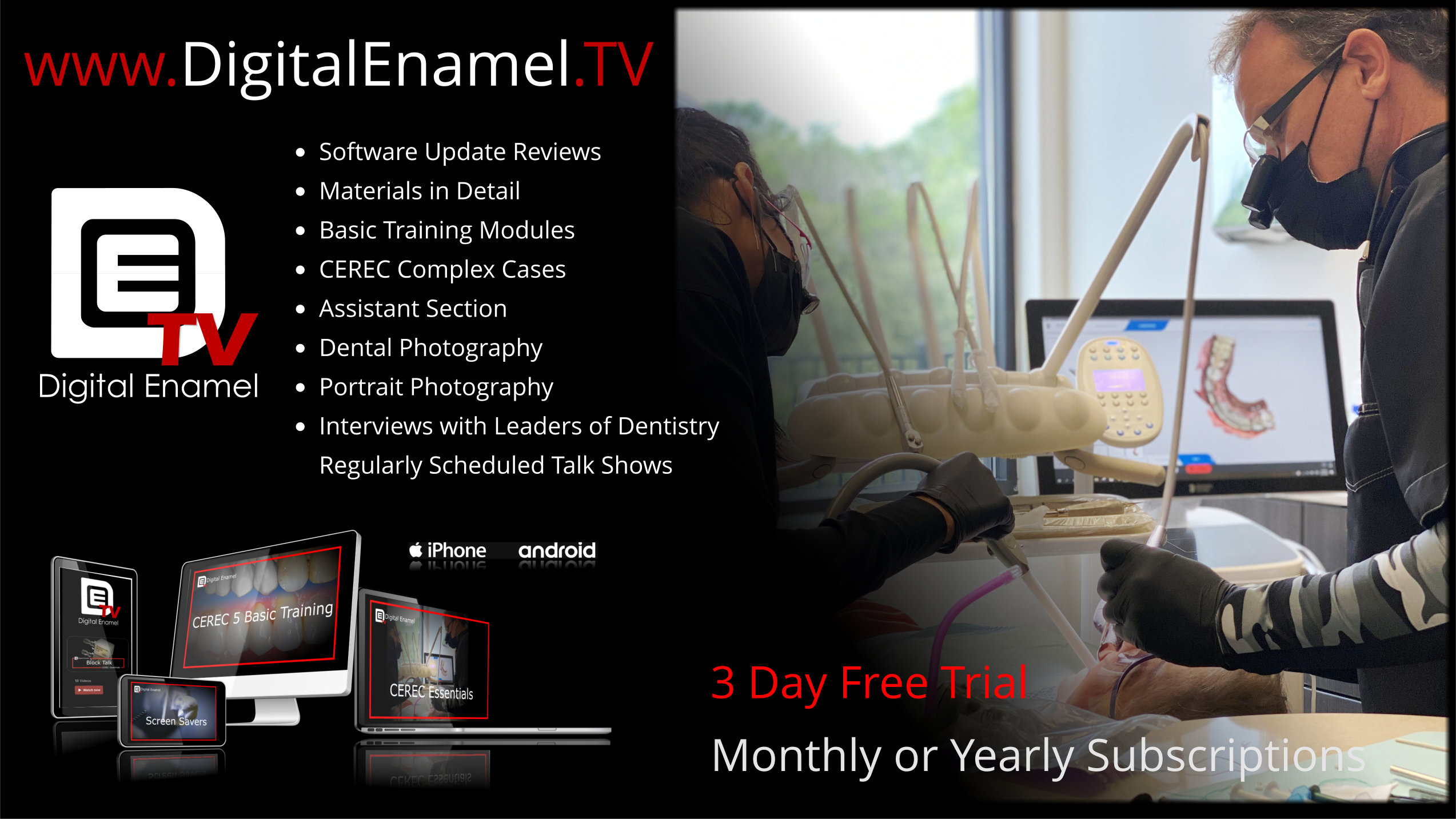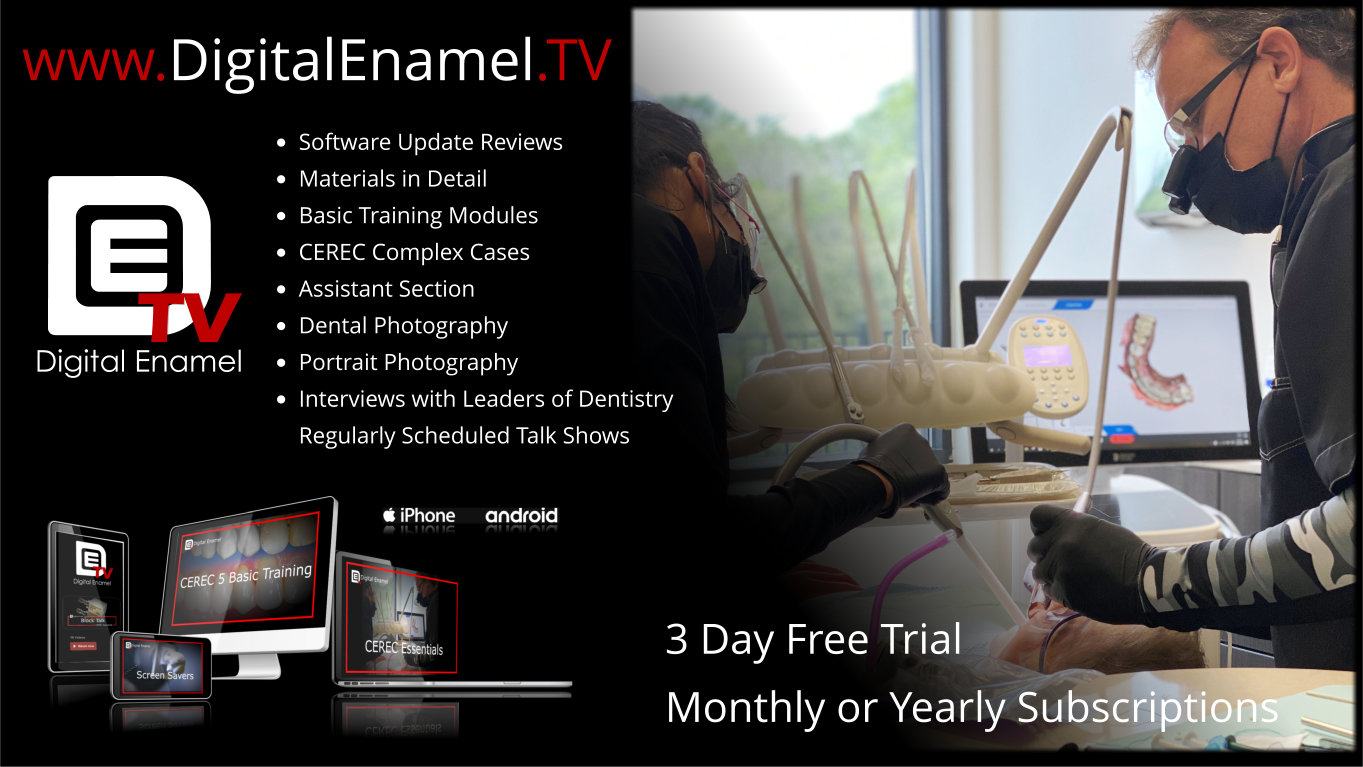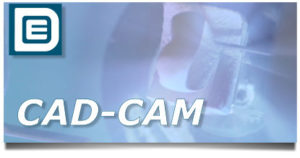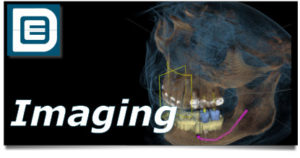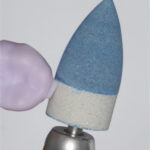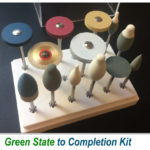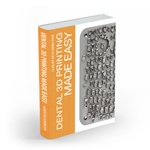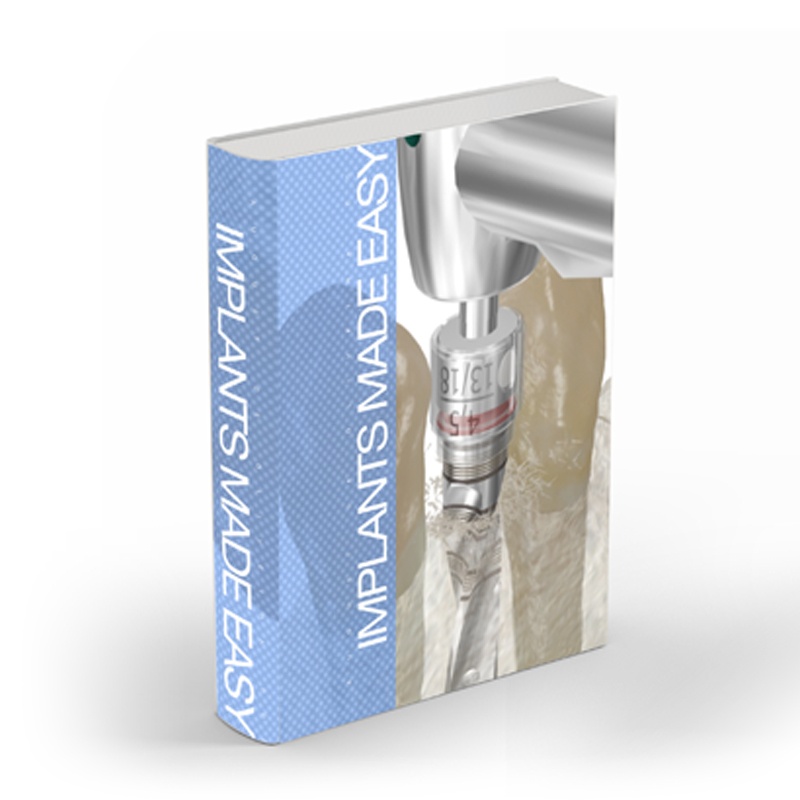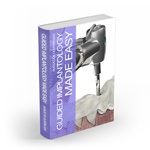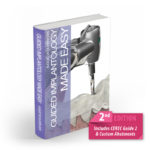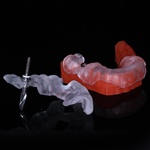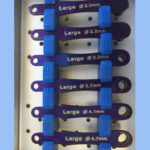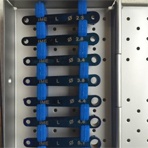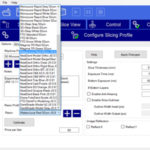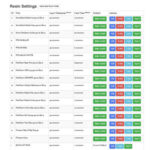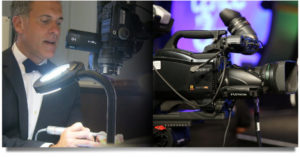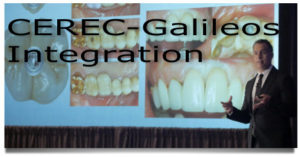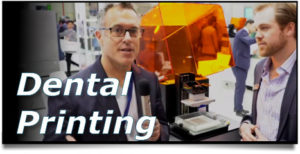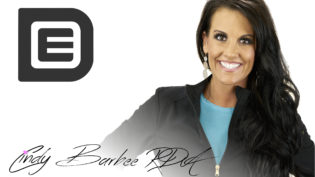I get this question a lot, a lot: What cement do you use for eMax CAD?
Well, it depends. It depends on the preparation style and the clinical situation. If the preparation has adequate occlusal reduction and has good mechanical resistance/retention forms, I have no problem with “cementing” with a RMGI (resin modified glass ionomer.) I have used Fuji Plus for a long time. I’m sure there are other RMGI’s that work just as well. I’ve just always used this and the Fuji cementation line that it’s turned into a habit.
Also, if the clinical field cannot be controlled with moisture, it is not a good time to do adhesive bonding. With a RMGI, the field does not need to be completely controlled. Obviously, you would want to control it well, but if there is minor bleeding or crevicular fluid that is contaminating a bonding surface, this will work.
Bonded eMax is ridiculously esthetic and durable. Just needs a completely controlled field. Not a problem in most cases, but not possible in all cases. Plus, bonded eMax CAD can have various preparation styles where more tooth structure is saved compared to the traditional crown preparation.
This case was completed in 2012 at the launch of the Omnicam. No powder! Colored models! It was a great time to be in CAD-CAM dentistry! However, the material, eMax CAD was not new. It was available since 2006, and I had been traditionally cementing them since we beta tested it. This crown was made with CEREC 4.05, Omnicam, eMax CAD, and luted with Fuji Plus.

Unfortunately, #15 succumbed to a large cavity and pulpitis. We chose to extract it. He had neck radiation for throat cancer and had developed Sjogren’s Syndrome.
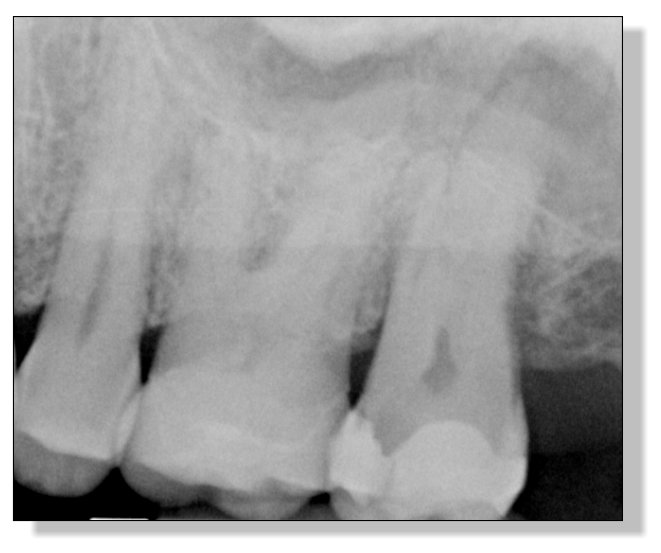 Still going strong in 2018.
Still going strong in 2018.
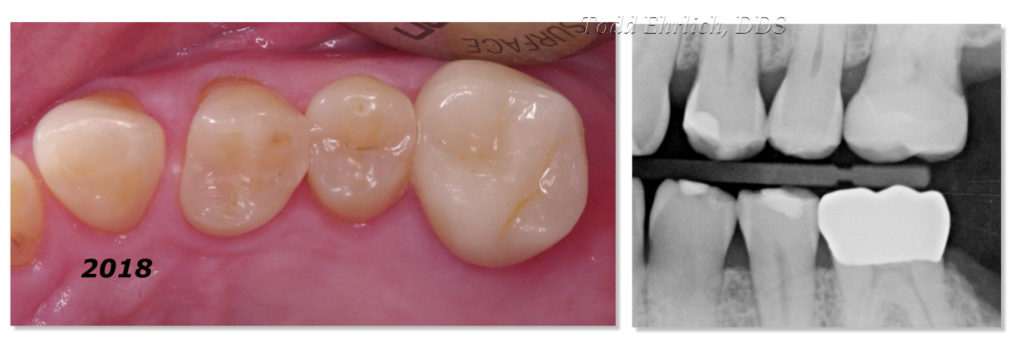
Our online education platform is awesome! Hundreds of videos that help your day-to-day use of CEREC! Works directly through your Apple or Android devices!
